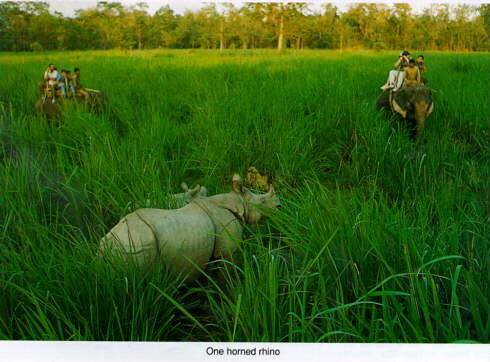NEPAL - FOREIGN INVESTMENT OPPORTUNITIES
Welcome to Foreign Investment Promotion Division Home Page

![]()
![]()

![]()
![]()
 Nepal experiences 4 seasons spring (March-May) summer (June-August), autumn (Sept-Nov.) and winter (Dec.-Feb.).
Nepal experiences 4 seasons spring (March-May) summer (June-August), autumn (Sept-Nov.) and winter (Dec.-Feb.).
 Nepal enjoys the distinction of having always been an independent country. It has never been under foreign domination.
Nepal enjoys the distinction of having always been an independent country. It has never been under foreign domination.
 The unique feature of the Nepalese society is its ethnic, linguistic, religious and cultural diversity. From ancient times migrant tribes from the east, the north and the south entered the land, met the natives and settled there. They are the Nepalese people. The Brahmins, Kshatriya, Thakuries, Tharus, Yadavs, Dhimals, Newars, Gurungs, Magars, Limbus, Rais, Sherpas, Tamangs and others are all ethnically members of the Indo-Aryan and Tibet-Burmese families.
The unique feature of the Nepalese society is its ethnic, linguistic, religious and cultural diversity. From ancient times migrant tribes from the east, the north and the south entered the land, met the natives and settled there. They are the Nepalese people. The Brahmins, Kshatriya, Thakuries, Tharus, Yadavs, Dhimals, Newars, Gurungs, Magars, Limbus, Rais, Sherpas, Tamangs and others are all ethnically members of the Indo-Aryan and Tibet-Burmese families.
HMG
Ministry of Industry
Foreign Investment Promotion Division
Singha Durbar
Kathmandu, Nepal
Tel: 216692
Fax: 220319
Tlx: 2610MOI NP
Copyright 1996 by Foreign Investment Promotion Division, Ministry of Industry, HMG
Webmaster: Anita Shrestha, AMAA, INC